1. Flash Mobs
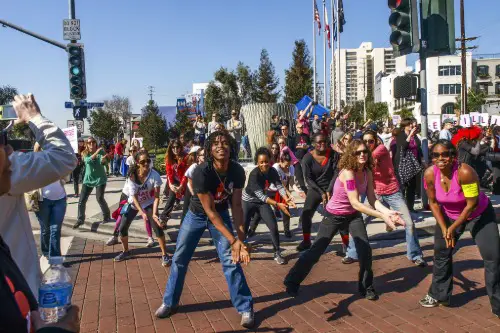
Remember when viral videos of flash mobs were everywhere? A group of seemingly random people would break into a choreographed dance in a mall or a train station, and for a while, it felt like the ultimate form of internet magic. But as brands and corporations started using them for marketing, the spontaneity disappeared, and they became more cringeworthy than cool. By the mid-2010s, flash mobs had faded from cultural relevance, becoming just another relic of early YouTube.
At first, flash mobs felt fresh and exciting, a strange blend of performance art and social experiment, Kristin Corry writes in VICE. They were unpredictable and brought a kind of joy that made them feel genuinely special. But once TV shows, commercials, and wedding proposals started overusing them, the novelty wore off fast. Eventually, they became more of a punchline than a cultural movement, and people moved on to newer internet trends.
2. The Bermuda Triangle
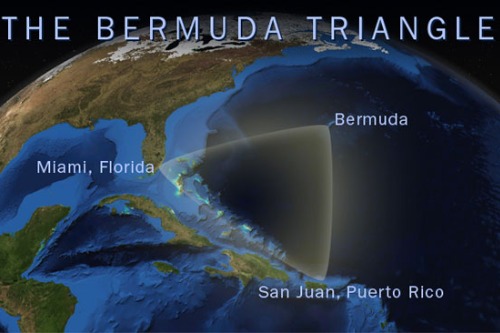
For decades, people were obsessed with the idea that the Bermuda Triangle was swallowing ships and planes without a trace. It was the subject of books, TV specials, and countless conspiracy theories, but sometime after the early 2000s, the mystery stopped feeling so mysterious. Scientists debunked many of the supernatural claims, pointing to rogue waves, methane gas eruptions, and human error as more reasonable explanations, according to Steven Yablonski from FOX. Once it lost its eerie allure, the Bermuda Triangle quietly drifted out of the public consciousness.
At its peak, the Bermuda Triangle was treated as a pop culture phenomenon, inspiring movies, TV shows, and even tourism gimmicks. Some people genuinely feared traveling through it, despite the fact that the region didn’t actually have a higher disappearance rate than any other heavily traveled ocean area. As rational explanations took over, the media stopped pushing it as a thrilling unsolved mystery. Today, it’s mostly a nostalgic relic of a time when the unknown was far more fun to speculate about.
3. The Atkins Diet

Before keto, paleo, and intermittent fasting, the Atkins Diet was the low-carb craze, according to Kris Gunnars and Alyssa Northrop from Healthline. People were cutting out bread and pasta with religious dedication, and grocery stores stocked up on low-carb everything. But as nutrition science evolved, people realized extreme carb-cutting wasn’t a sustainable long-term solution, and interest waned. The diet still exists, but it’s nowhere near the cultural phenomenon it was in the early 2000s.
At its height, Atkins had an almost cult-like following, with celebrities and everyday dieters swearing by its results. Restaurants added low-carb menu items, and food companies launched Atkins-friendly products. But as health experts warned of its potential risks, including heart issues and nutrient deficiencies, enthusiasm started to wane. By the time other diets took over, Atkins had become just another outdated weight-loss fad.
4. MySpace
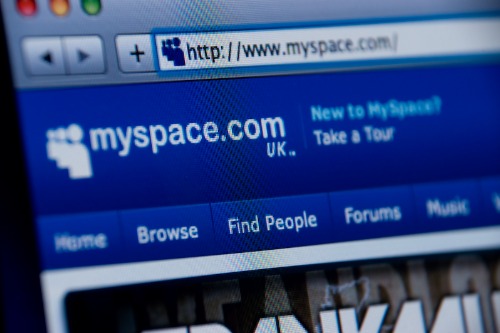
For a brief, beautiful moment, MySpace was the king of social media, complete with customizable profiles, autoplay music, and the drama of ranking your Top 8. But when Facebook came along with its sleek, real-name-based approach, MySpace quickly became obsolete. The platform attempted several rebrands, even pivoting to focus on music, but none of them stuck. These days, if someone mentions MySpace, it’s usually just to reminisce about how different the internet used to be, according to Alex Hern from The Guardian.
In the mid-2000s, MySpace felt like the place to be online, shaping internet culture as we know it. It helped launch artists’ careers, influenced web design trends, and gave everyone a crash course in basic HTML. But as social media became more polished and less chaotic, MySpace’s messy, customizable pages seemed outdated. Eventually, it faded into the background, a nostalgic reminder of a time when social media was more about self-expression than algorithms.
5. The “Indigo Children” Phenomenon

In the 2000s, there was this whole belief that certain kids were born with special, almost supernatural abilities—deemed “Indigo Children.” Parents who bought into the idea claimed their kids had heightened intuition, psychic gifts, or even the power to change the world. But over time, people began realizing that these so-called Indigo traits were just normal childhood behaviors misunderstood by adults looking for meaning. The whole thing quietly faded as science-based parenting discussions took over.
For a while, some parents even used the Indigo label as an alternative to ADHD diagnoses, insisting their kids were just misunderstood geniuses. Books, documentaries, and even talk shows pushed the idea, making it seem almost mainstream. But as mental health awareness grew, the whole concept started to feel outdated and unscientific. By the 2010s, it had mostly disappeared from serious conversation, surviving only in obscure spiritual communities.
6. Ringtones as a Personality Statement
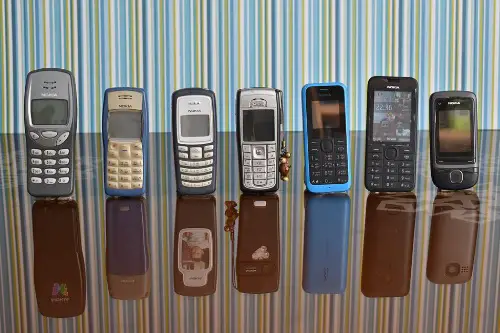
Once upon a time, your ringtone mattered. Whether it was a chart-topping song or an obnoxious sound effect, it was a way to show personality whenever someone called. But as smartphones took over and the world shifted to texting, ringtones became irrelevant, and most people just keep their phones on vibrate. The days of spending hours choosing the perfect ringtone or paying for custom ones are long gone.
In the early 2000s, entire businesses revolved around selling ringtones, and people would proudly blast their favorite songs in public. Pop stars even released exclusive ringtone versions of their hits, knowing fans would pay to personalize their phones. But as phones got smarter and people got more socially aware, loud, blaring ringtones became annoying instead of cool. Now, they’re mostly a thing of the past, remembered only by those who lived through the era of flip phones and Nokia bricks.
7. The Search for Weapons of Mass Destruction

In the early 2000s, the U.S. government and media were obsessed with the idea that Iraq was hiding weapons of mass destruction (WMDs). It was one of the main justifications for the Iraq War, with officials insisting that Saddam Hussein had stockpiles of dangerous chemical and nuclear weapons. But as the war dragged on and no WMDs were ever found, the narrative quietly unraveled. By the late 2000s, the whole thing became an awkward reminder of how misinformation led to a prolonged and controversial conflict.
For a while, the hunt for WMDs was headline news, fueling debates, political speeches, and endless speculation. People were told the threat was urgent, and that military action was necessary to protect the world. But as it became clear that the weapons never existed, public interest shifted to the broader failures of the war. Eventually, the phrase “weapons of mass destruction” became a historical footnote, rather than a topic of everyday discussion.
8. Segways as the Future of Transportation

When the Segway was introduced in 2001, it was hyped as a revolutionary invention that would change the way people moved through cities. Tech leaders and investors were convinced it would replace walking, and there was even talk of redesigning urban spaces to accommodate Segway traffic. But the expensive price tag, awkward design, and general impracticality kept it from ever catching on. Instead of becoming a transportation game-changer, the Segway mostly found a home with mall cops and city tour guides.
Despite all the hype, regular people never really embraced the Segway as a serious alternative to cars or bikes. It looked clunky, was difficult to store, and had a learning curve that made it less convenient than simply walking. The final blow came in 2020 when the company officially discontinued the Segway due to lack of demand. Today, it’s remembered more as a tech industry punchline than the futuristic device it was once promised to be.
9. “The Dress” (White and Gold vs. Blue and Black)
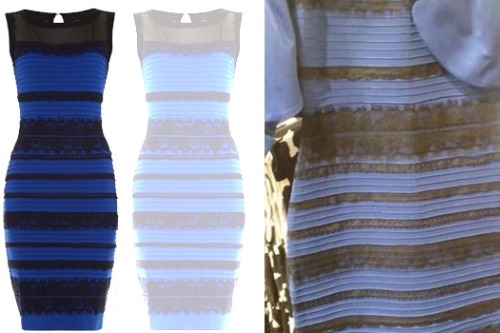
For a brief moment in 2015, the entire internet was locked in a heated debate over the color of a dress. Some people swore it was white and gold, while others were adamant that it was blue and black, with no middle ground. Scientists even weighed in, explaining how lighting and individual differences in color perception could make people see it differently. But after the initial frenzy died down, the debate faded as quickly as it had started, becoming just another fleeting internet moment.
At its peak, the dress was everywhere—memes, news articles, even late-night talk show segments. It was a cultural phenomenon that perfectly captured the randomness of viral internet culture. But since it had no real lasting impact, it became one of those things people only bring up when reminiscing about old internet debates. Once the novelty wore off, no one really cared about the dress anymore, proving that even viral sensations have an expiration date.
10. VH1’s “Celebreality” Era
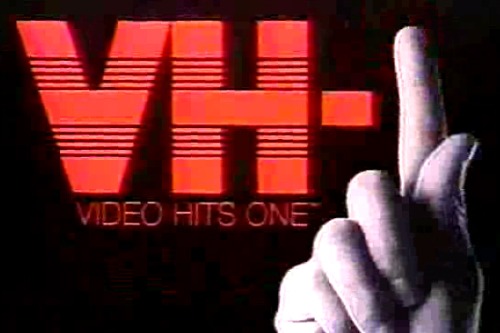
In the 2000s, VH1 reinvented itself with a lineup of ridiculous reality shows featuring washed-up celebrities. “Flavor of Love,” “Rock of Love,” and “I Love New York” were massive hits, filled with drama, over-the-top personalities, and questionable dating challenges. But as reality TV evolved, people lost interest in these chaotic, trashy shows, and the network quietly moved on. By the 2010s, the “Celebreality” era was pretty much dead, surviving only in nostalgic throwback lists.
At the time, these shows felt like cultural landmarks, spawning endless memes and catchphrases. Networks tried to keep the format alive with spin-offs, but audiences eventually got tired of the recycled drama. Reality TV shifted toward more polished, competition-based shows like “The Bachelor” and “Survivor,” leaving VH1’s brand of celebrity chaos behind. Now, the era is remembered as a relic of the 2000s, a time when reality TV was at its most absurd.
11. DVD Bonus Features
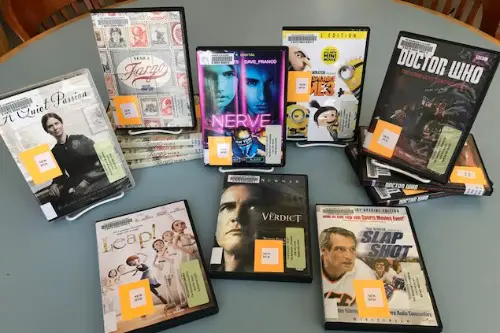
Back when DVDs were the main way to watch movies at home, bonus features were a huge selling point. People would buy special editions just to get behind-the-scenes footage, deleted scenes, and director commentaries. But as streaming services took over, bonus content became far less common, and most people stopped caring about it. Today, watching a movie at home is usually just about pressing play, with no extra features to explore.
For movie lovers, DVD extras were a fun way to dive deeper into a film and hear insights from directors and actors. Some bonus features even became legendary, like blooper reels or alternate endings that changed how fans viewed a movie. But as physical media declined, streaming platforms rarely offered extras, and the concept slowly faded away. Now, if you want behind-the-scenes content, you have to hope for a YouTube documentary or a social media post from the filmmakers.
12. Silly Bandz
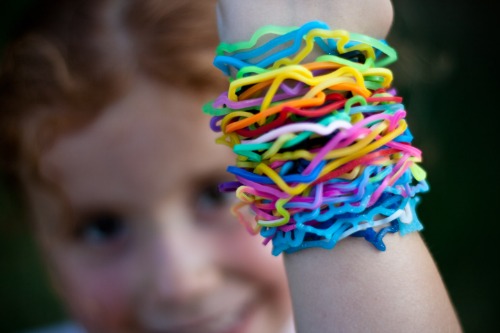
In the late 2000s, Silly Bandz were everywhere. These colorful rubber bands came in different shapes—animals, letters, even cartoon characters—and kids traded them like currency. Schools had to ban them because they were so distracting, and every kid wanted to have the rarest or coolest ones. But like most toy crazes, the hype died fast, and by the early 2010s, Silly Bandz were stuffed in junk drawers and forgotten.
At their peak, they were more than just a fashion trend; they were a social status symbol. Kids would stack them up their arms, showing off how many they had collected. But once the novelty wore off and newer fads took over, Silly Bandz became just another forgotten trend. Today, they’re mostly a nostalgic memory, occasionally making a small comeback but never regaining their former glory.
13. The Motorola Razr Obsession
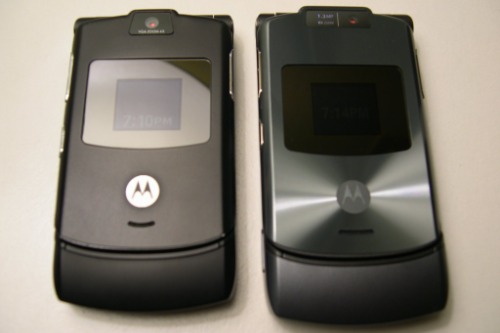
In the mid-2000s, having a Motorola Razr was the ultimate status symbol. It was sleek, stylish, and felt futuristic compared to bulky early-2000s cell phones. Everyone wanted one, and it came in a range of colors, with the pink version being especially iconic. But as smartphones took over, the Razr quickly became outdated, and people moved on to touchscreen devices.
Even though there have been attempts to revive the Razr as a foldable smartphone, it hasn’t had the same cultural impact. Back in the day, flipping a Razr open to answer a call felt cool, like something out of a spy movie. But as texting, apps, and social media became the main focus of phones, style took a backseat to functionality. Now, the Razr is just another nostalgic reminder of a time when flip phones ruled the world.


